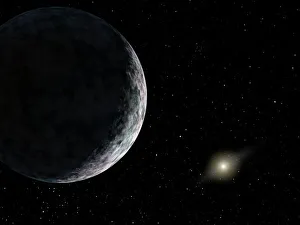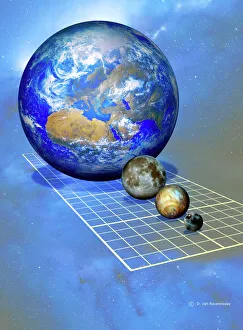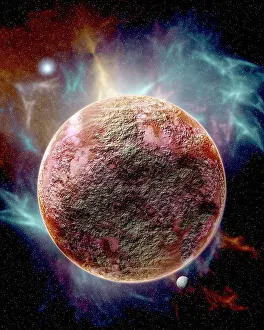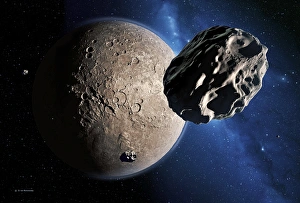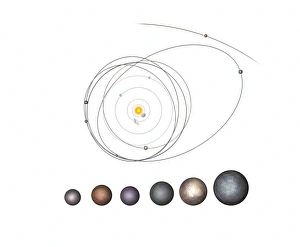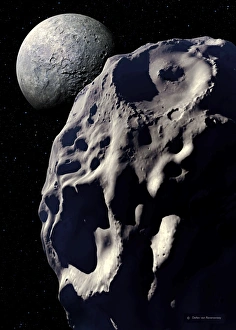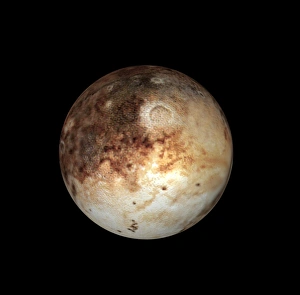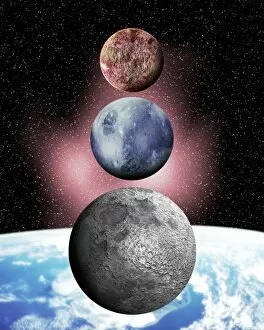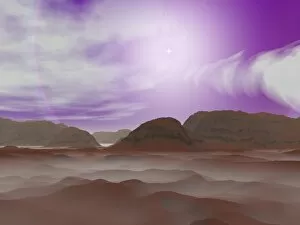Kuiper Belt Object Collection
The Kuiper Belt Object, also known as KBO, is a fascinating region of our solar system that holds numerous celestial bodies
All Professionally Made to Order for Quick Shipping
The Kuiper Belt Object, also known as KBO, is a fascinating region of our solar system that holds numerous celestial bodies. One such object is the dwarf planet Eris (UB313), which has captivated scientists with its enigmatic nature. In this stunning artwork, we see Eris depicted against the backdrop of space, showcasing its unique features. Another intriguing member of the Kuiper Belt Object family is Sedna. This distant object's orbit takes it far beyond Pluto and into uncharted territory. The artwork showcases Sedna's mysterious presence in the vastness of space. In this captivating image, we witness Earth and Moon accompanied by various dwarf planets within the Kuiper Belt Object realm. These small celestial bodies add to the complexity and diversity of our solar system. Artistic renderings beautifully illustrate how these dwarf planets move along their orbits within the Kuiper Belt Object region. Their paths intertwine in an intricate dance around our Sun, revealing their distinct characteristics and orbital patterns. Eris takes center stage once again in this depiction alongside its moon Dysnomia. As one of the largest known objects in the Kuiper Belt Object zone, Eris continues to intrigue astronomers who study its composition and behavior. This awe-inspiring artwork showcases Eris as a magnificent dwarf planet within our cosmic neighborhood. Its discovery challenged traditional definitions of what constitutes a planet but expanded our understanding of celestial objects' vast diversity. Imaginative illustrations portray geysers erupting from a hypothetical Kuiper Belt Object surface, hinting at potential geological activity occurring on these icy worlds. Such phenomena could provide valuable insights into planetary processes beyond Earth. With its striking colors and ethereal glow, Eris shines brightly in this artistic representation—a testament to its significance among other members of the Kuiper Belt Object community. Pluto cannot be forgotten when discussing KBOs; it was once considered our ninth planet before being reclassified as a dwarf planet due to its location within the Kuiper Belt Object region.

